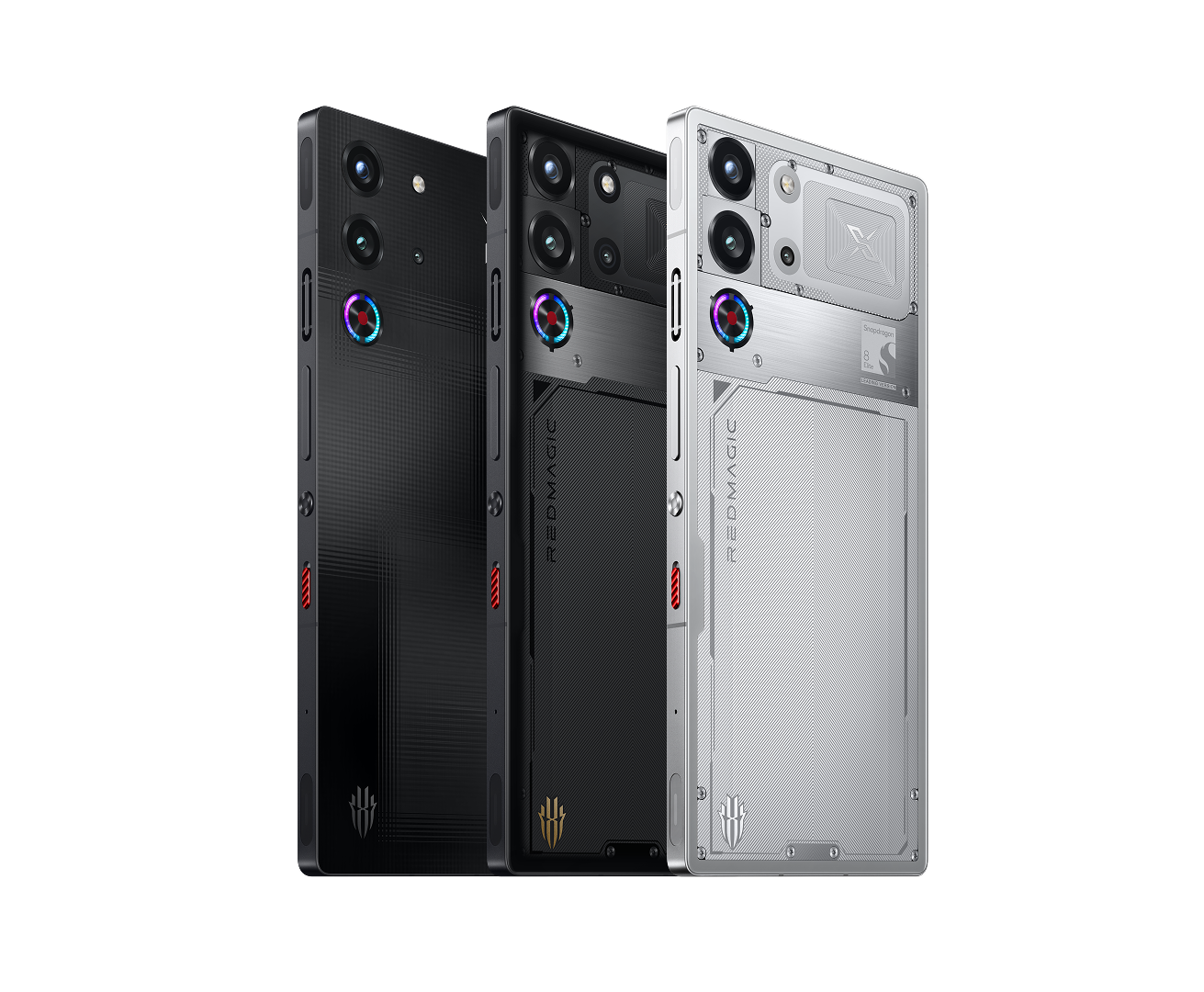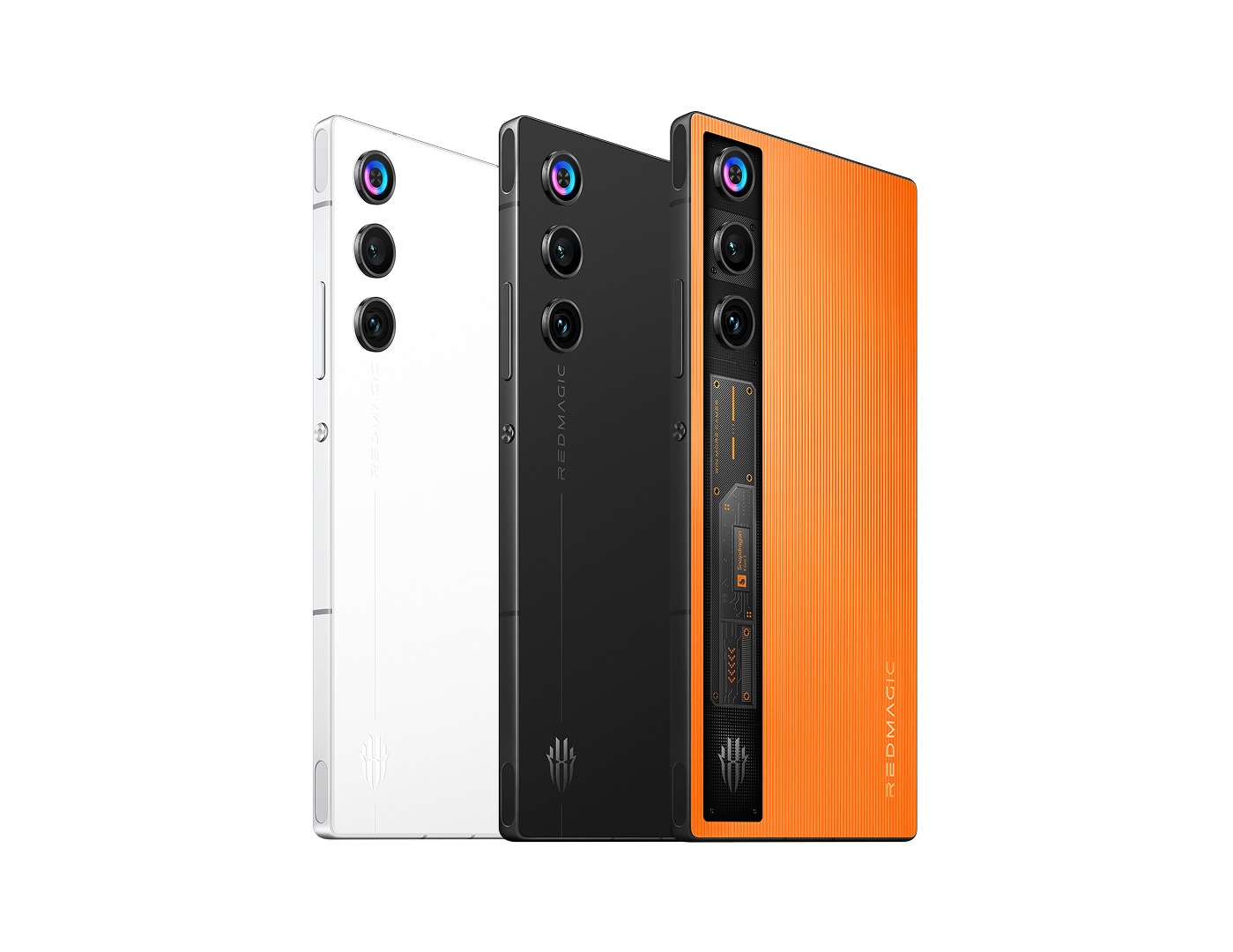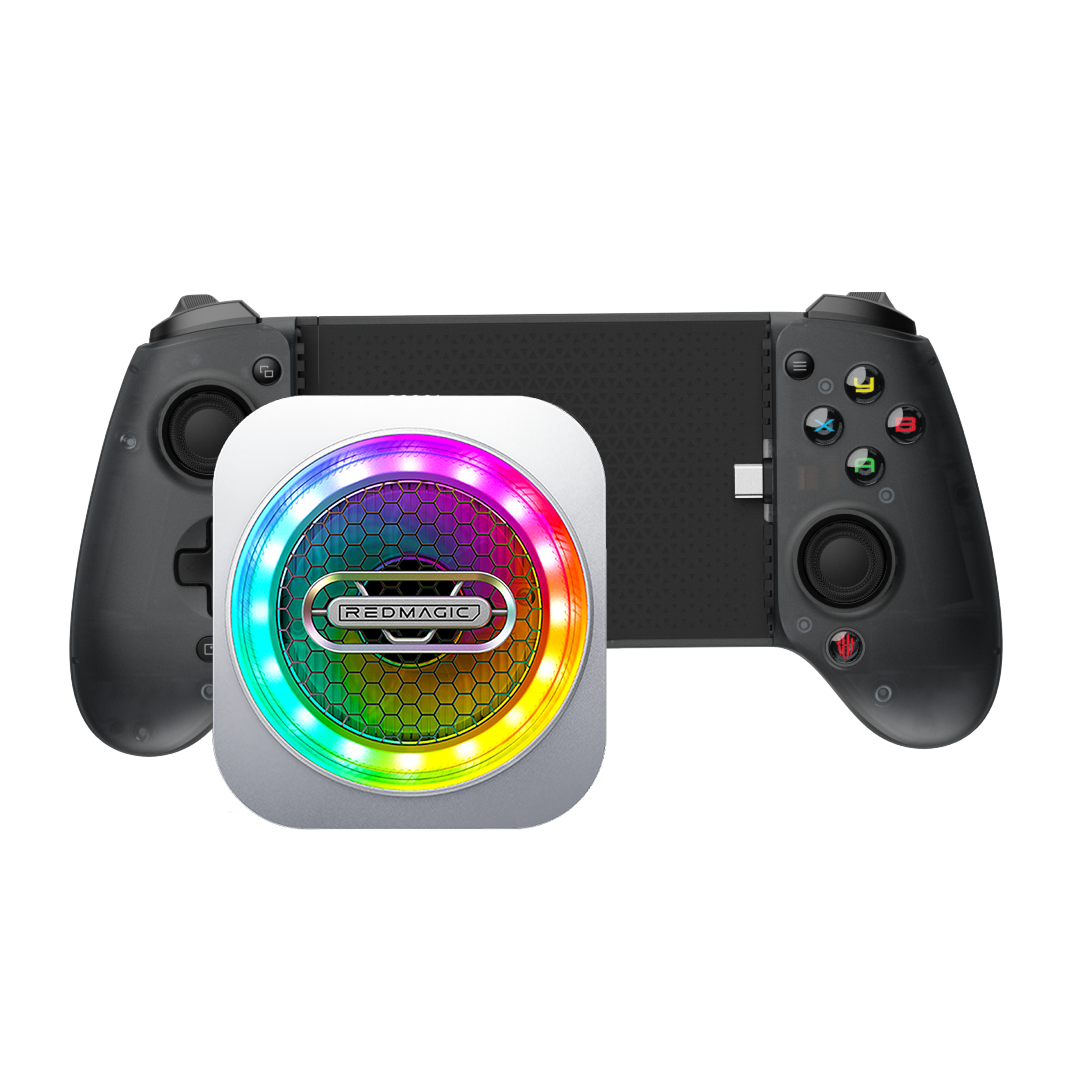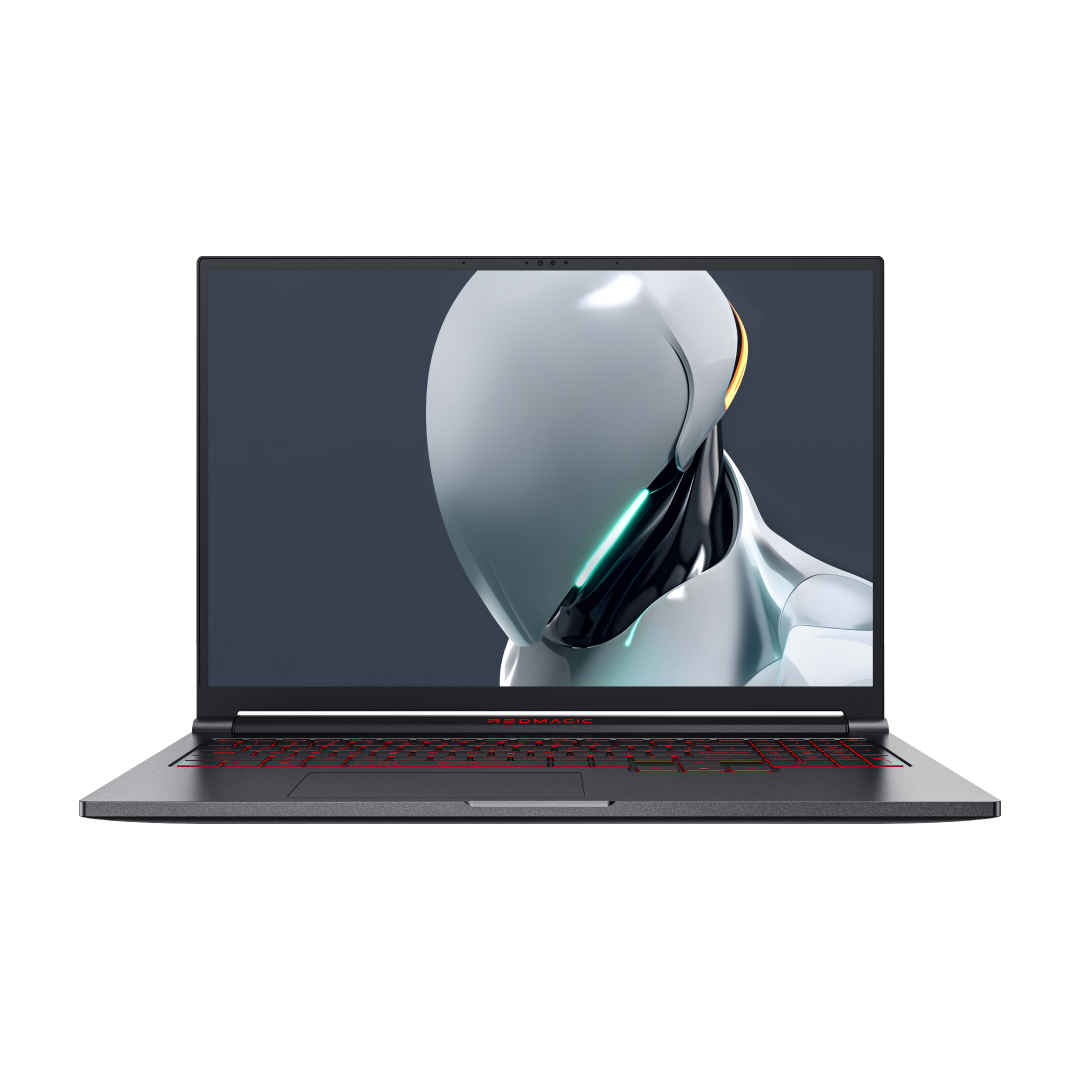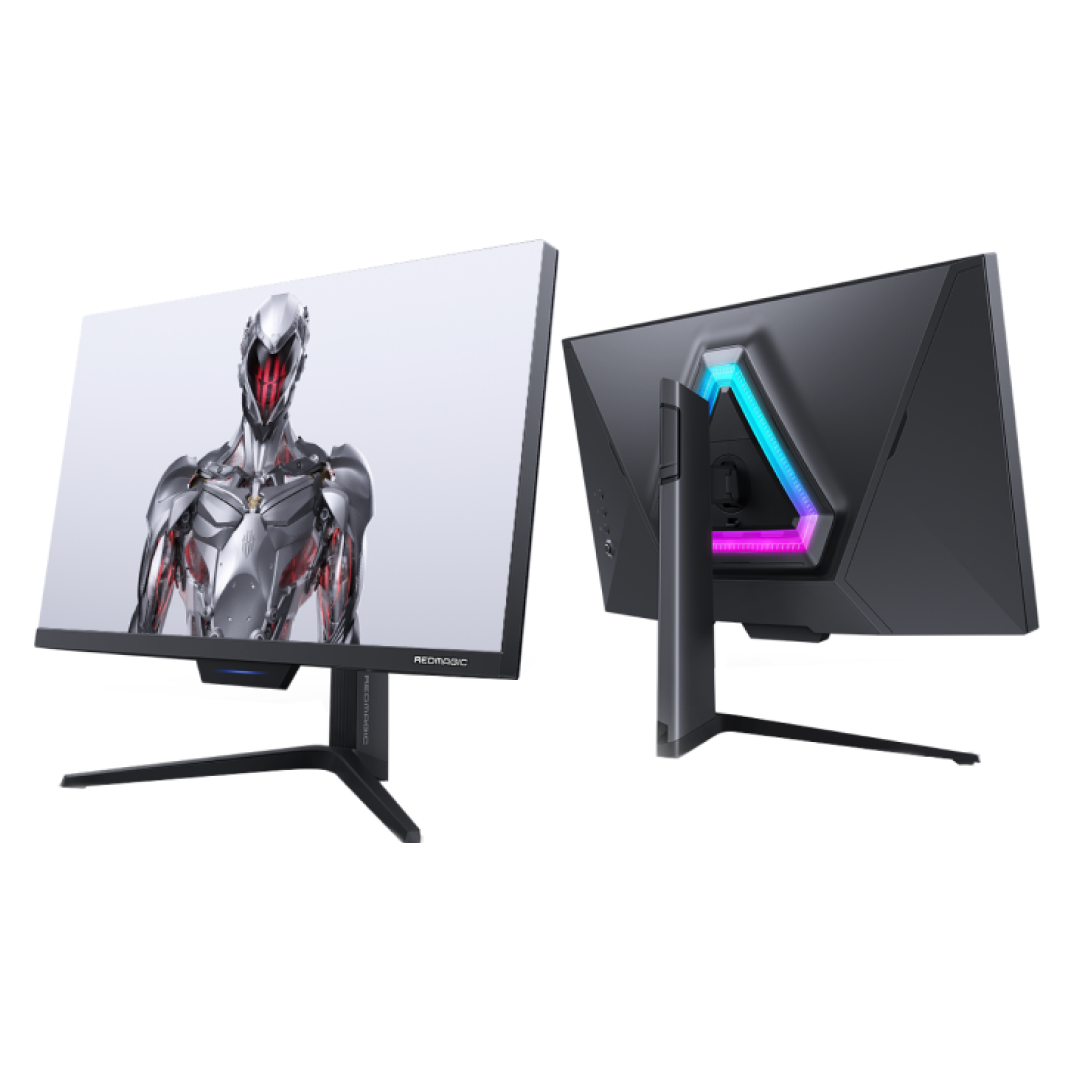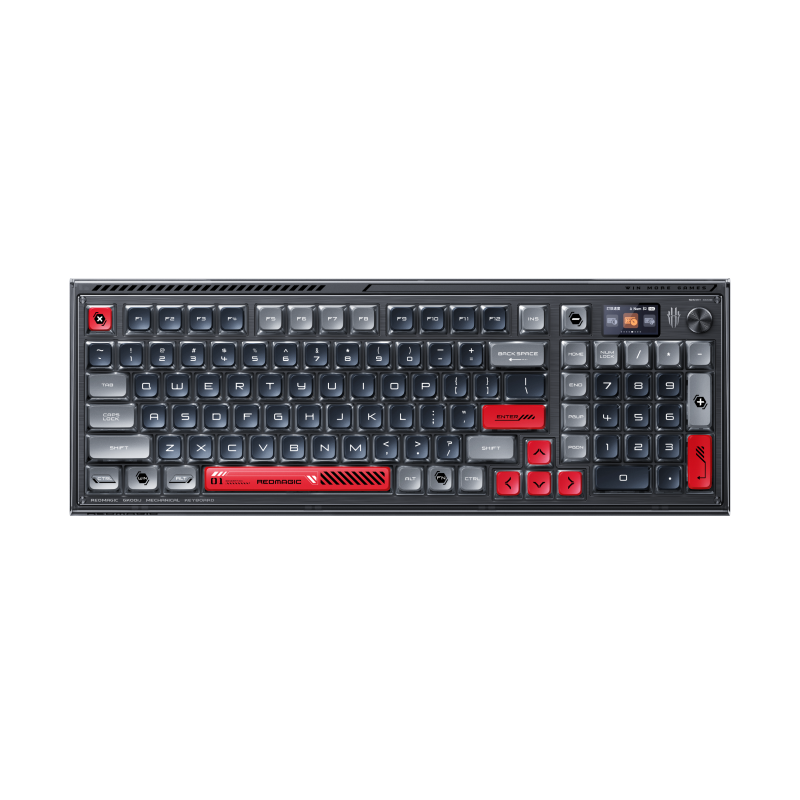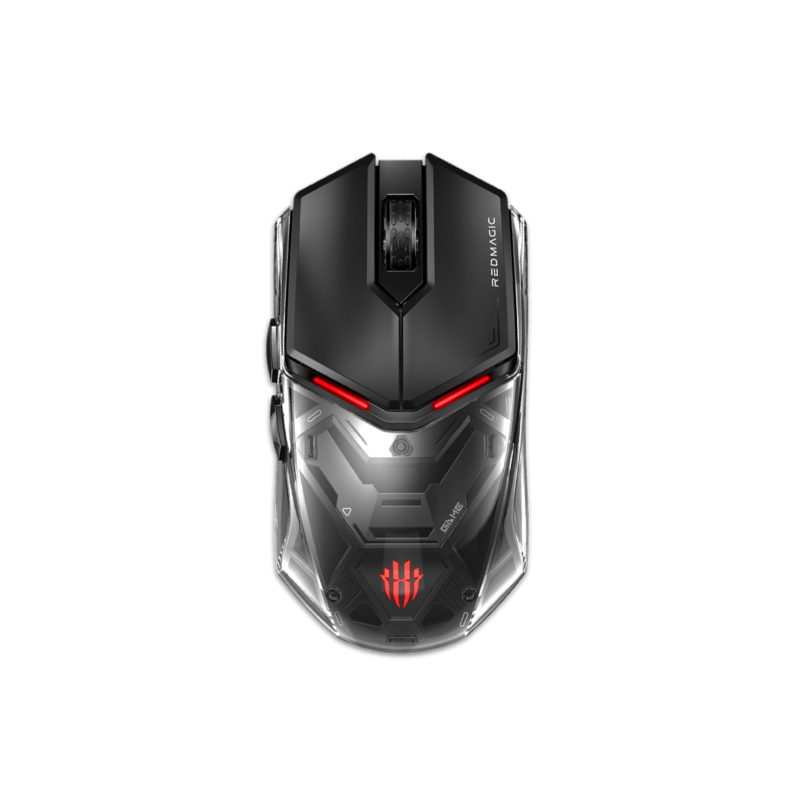
10% more power than the Redmagic 7 Pro, while having a longer battery life and producing less heat during intense gaming.
Just months after launching the Redmagic 7 and Redmagic 7 Pro, ZTE Nubia is releasing the Redmagic 7S Pro. Although mostly similar to the previous versions, the main difference the 7S brings is its use of Qualcomm's latest processor for 2022: the Snapdragon 8+ Gen 1.
Qualcomm claims the 8+ Gen 1 has 10% better performance for 30% less power. Let's see how the Redmagic 7S Pro implements this new chip and check if these performance and efficiency gains translate to the phone.
As usual with Redmagic, the 7S Pro comes in a game-inspired box with a space-anime theme. Inside, you'll find the Redmagic 7S Pro, a 65-watt fast charger, a chunky USB-C to USB-C cable, a gray plastic case, and a sim card removal tool.
For our review, we received the Redmagic 7S Pro Obsidian. Aside from the Qualcomm Snapdragon 8+ Gen 1, this model has a dedicated Red Core 1 gaming chip, 12GB of RAM, and 256GB of storage. It also sports a 6.8-inch, 120Hz FHD+ AMOLED screen, and a 16MP under-display selfie camera.
At the rear, the phone has two vents for airflow and three cameras: a 64MP primary shooter, an 8MP ultrawide sensor, and a 2MP macro camera. These vents are part of Redmagic's ICE 10.0 Multi-Dimensional Cooling System, which uses various materials for maximum heat dissipation. This system allows the phone to push the processor's performance without thermal throttling.
Aside from a minor adjustment in vent placement and a new color option (Mercury), the 7S Pro is almost externally identical to the Redmagic 7 Pro.
Users can compare different smartphones by looking at their theoretical performance. As Qualcomm claims a 10% bump in power and 30% better power efficiency, we can check this by comparing benchmark results.
The Redmagic 7S Pro delivered improved performance over the Redmagic 7 and Redmagic 7 Pro. In previous tests, the Snapdragon 8 Gen 1 delivered around 1,200 in Single-Core and 3,700 in Multi-Core scores.
The latest model from Redmagic, with its Snapdragon 8+ Gen 1 chip, earned 1,332 in Single-Core and 4,194 in Multi-Core tests. These numbers prove that the 8+ is indeed at least 10% faster than the Snapdragon 8 Gen 1.
This result is also significantly faster than the Samsung Galaxy S22 Ultra's benchmarks of 934 and 2,925, respectively. However, it's still behind the Apple iPhone 13 Pro Max's 1,705 Single-Core and 4,674 Multi-Core scores.
Surprisingly, the phone received only 6,752 in Vulkan and 6,463 in OpenCL for GPU testing. Although its OpenCL score is slightly higher than the 6,100 average of the two earlier models, the Vulkan score is almost 2,000 points behind the 8,600 average of the Snapdragon 8 Gen 1.
It's also outclassed by the Samsung Galaxy S22 Ultra's 8,441 Vulkan and 8,517 OpenCL scores.
No matter how high a phone scores in a single-run benchmark, it wouldn't matter if a phone couldn't perform in a stress test. That's because the longer you use a device, the hotter it will be. If it throttles thermally after only a few minutes of intense use, that means you're not getting optimum performance from its chip, even if it's the latest one in the market.
After running a one-minute 4K render 20 times, we get amazing results from the Redmagic 7S Pro and its Snapdragon 8+ Gen1 chip. The phone scored an impressive 99.6% stability, meaning it barely lost any performance due to thermal throttling across 20 minutes of heavy use.
Its performance between the fifth and nineteenth runs made no difference at all. And although its temperature increased from 25 degrees Celsius to 43 during the stress test, it's still cooler by about 10 degrees than the Snapdragon 8 Gen 1-powered phones, all while maintaining 13 to 22 FPS rendering in 4K.
We also measured the external temperatures of each device with a thermal camera after the stress test. The Snapdragon 8 Gen 1-powered Redmagic 7 and Redmagic 7 Pro both reached a peak of 57 and 56.7 degrees Celsius on the screen during testing. Although it's these temperatures won't burn you yet, they're already on the border of uncomfortable.
However, when we checked the temperature of the Redmagic 7S Pro during the stress test, we only clocked a maximum of 48.7 degrees Celsius. That's a massive 8-degree difference between the two phones. And although it doesn't quite reach the 30% better power efficiency claim of the Snapdragon 8+ Gen 1, it went from uncomfortably hot to just quite warm.
If you've played on a Redmagic smartphone before, then the experience is pretty similar. You still get the dedicated console page when you slide up the gaming toggle on the phone's left side. There are also the two touch-sensitive shoulder triggers that give you a competitive advantage, especially in FPS games.
Aside from that, the under-display camera lets you immerse yourself in the 6.8-inch 120Hz display. You will enjoy gaming on this phone, as no bezel will distract you while stalking your target or driving down the speedway.
The screen also has a high touch sampling rate. Its default is set to 480Hz, ensuring that it won't miss any of your touch inputs. But if you're into competitive gaming, you can bump this up to 960Hz, although that means it will consume more battery.
The phone also has a massive 5,000 mAh battery. That means you can play high-performance games for about one and a half to two hours before needing a recharge. And if you want to maximize performance, you can plug your phone into your fast charger and bypass the battery altogether.
This feature, called Charge SEP, helps reduce system heat by taking the battery out of the equation. This allows your phone to execute demanding tasks much longer before thermal throttling occurs.
There's also one new feature that makes the Redmagic 7S Pro stand out from the older Redmagic models—Redmagic Cast. This functionality allows you to easily cast your phone's screen to a display or computer via a USB cable, USB-C to HDMI/DP cable, or wirelessly.
When you do this, not only can you watch movies on a bigger screen or use your gaming phone for some productivity tasks, but you could also transform it into a full-blown console. Connect Bluetooth peripherals to your Redmagic 7S Pro, like a wireless controller, and then cast the screen to your TV. With that, you'll soon be playing your mobile games on a big screen.
You don't even need a controller to use your phone as a console. That's because once the phone is casting onto a display, you can activate Virtual Joystick mode, which transforms the Redmagic 7S Pro into a virtual controller. You still need to program it per game to make it useful, but once you've set it, it's easy to use.
You must download and install the Red Magic Studio app if you're planning to use your computer's monitor to cast the phone's screen. Once it's installed, connecting your phone is as simple as selecting your preferred connection method—wireless or USB—and either scanning the QR code or plugging your phone into your computer.
The Red Magic Studio app is perfect for smartphone gamers who are also into streaming. That's because you no longer need paid third-party apps to capture your mobile phone's display. And if you want to gain an unfair advantage, you can remap your keyboard and mouse to act as specific screen/touch movements, allowing you to use these peripherals in FPS games.
The Redmagic 7S Pro has come a long way. It started as a niche product only gamers would appreciate and has turned into a mainstream phone that both power users and gamers can use. It's useful as a daily driver, with its reasonable dimensions and weight, plus a functional launcher.
If you don't like the Redmagic version of Android 12, you can always download another launcher from the Google Play Store. But only the Redmagic 7S Pro can deliver this level of power, performance, and flexibility for its users.


